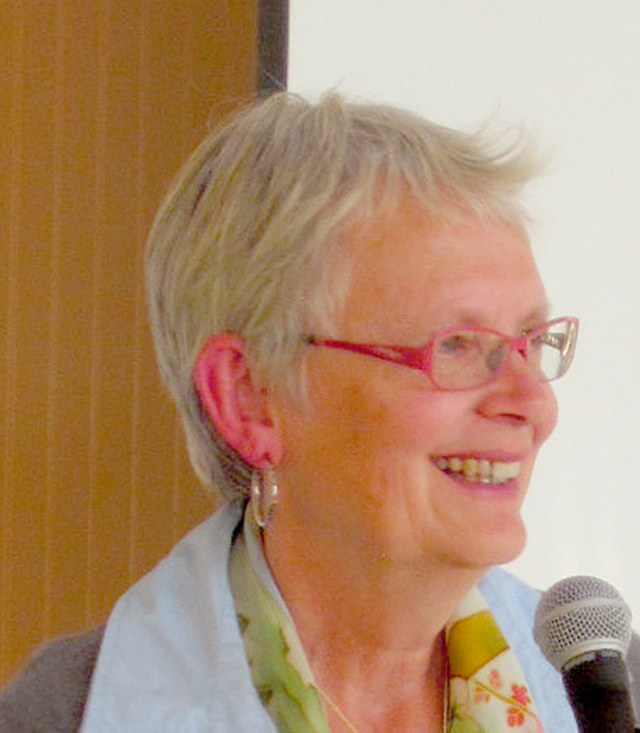Submitted by Rhea Miller, Assistant Director LCLT
Special to the Weekly
A young man from suburbia went to work for Will Harris at White Oak Pastures, a 1250-acre organic farm in southern Georgia, not expecting to stay long. He is now in charge of their poultry operation.
“I haven’t just made a living here,” said the young man. “I’ve learned how to live.”
So many of our sustainable AG interns at Lopez Community Land Trust say the same thing about their time on Lopez, which speaks to the richness of our “cultural landscape.”
Lopez is on the edge of losing a significant part of its cultural landscape. Although the fishing industry has largely disappeared, farming has not.
The publishing of the book, “Bounty: Lopez Island Farmers, Food and Community,” is popular for residents and tourists alike, but already farms in the book are in jeopardy of disappearing. The average age of our farmers is 61. If you ask a farmer why he or she farms, the answer is because they love it. However, like all of us, they also need to make a living.
John Rebanks from the Northern Lake District of England, a fourth-generation farmer and author who lives in an area where “the commons” still exists and land is held in trust for farming. In his book “The Shepherds Life,” Rebanks shares his concern about losing the “cultural landscape” of his farming country. He speaks of the importance of sharing not only the beauty of a region with tourists, but also the cultural landscape of its inhabitants, particularly farmers. He states that the loss of farming is an issue not just for the landscape, but for the communities themselves.
For instance, “in the valleys of Norway they are trying to encourage people to farm again in some places because the character of those places alters without it. Farming is more than the effect on the landscape: it sustains the local food industry, supports tourism, and gives people an income in places that might otherwise be abandoned.”
We have farmers in their 70s and 80s trying to find a way for their farms to live on, or what we term “succession farming.” These farmers need to sell their farms to fund their retirement, but the price of real estate is simply too high for incoming new farmers. Without these productive farms Lopez loses much of its attraction. Local foods are woven into the very fabric of our diverse and caring community — from local business economics to health.
Preserving farmland is very different from preserving farms. One of the conclusions from the sustainable tourism discussions was the importance of interaction between tourism and local residents, that the relationship is important in order for us to keep our cultural landscape. We want our visitors to care as much as we do for this place.
Rebanks said, “I am wondering whether the people… see the working side of that landscape, and whether it matters. In my bones I feel that it does matter. That seeing, understanding and respecting people in their own landscape is crucial to their culture and way of life being valued and sustained. What you don’t see, you don’t care about.”
As a local resident, I look forward to shared cider-pressing, helping with the grape harvest at the vineyard, and attending workshops — from canning, bread-baking, to making compost. Residents help in local vegetable harvests in order to gain fresh veggies for their families. I love the Harvest Dinner with its emphasis on local foods, and the friendly creative competition that it engages. I watch the young sustainable agriculture interns come and work the fields, and then watch their lives changed forever, some of whom settle in and raise families on Lopez.
One of the founding purposes of LCLT is preserving working agricultural land. Securing Stonecrest Farm to hold “in trust” is our latest effort. To join this work or for further information, contact Lopez Community Land Trust at 468-3723, or lcltda@rockisland.com.



